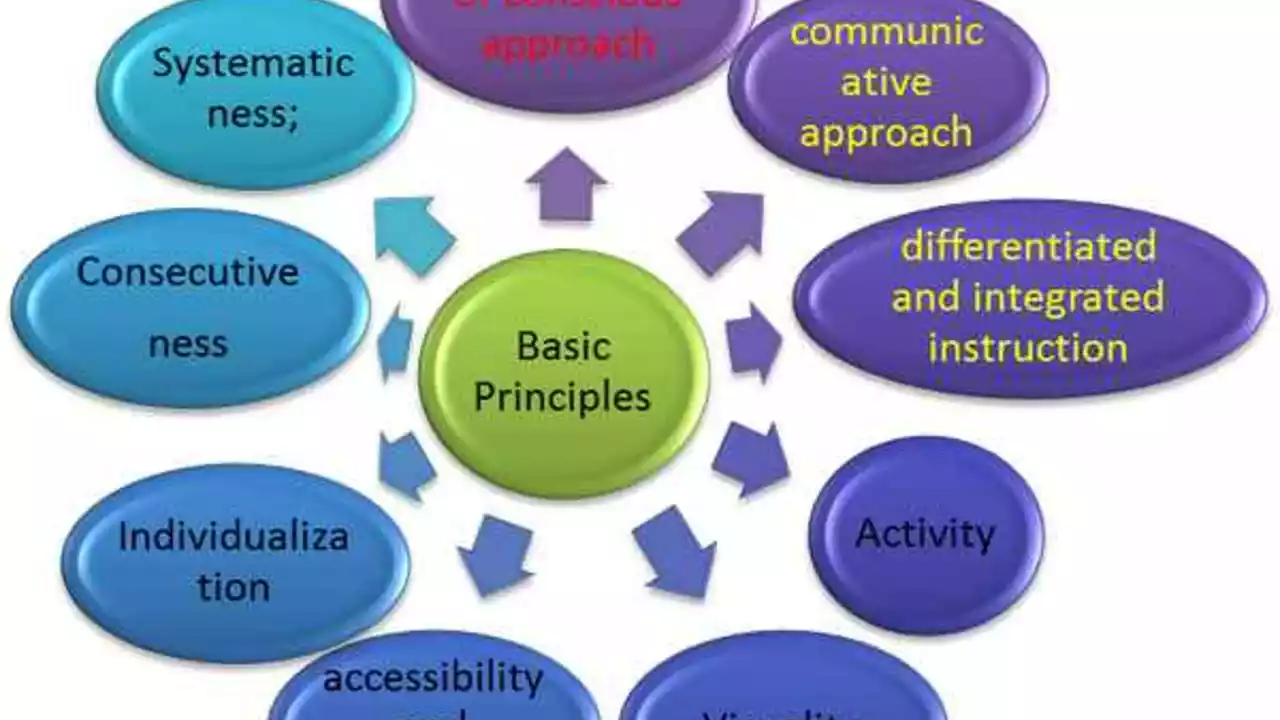Educational System: What You Need to Know
Whether you’re a student, a parent, or just curious, the educational system touches every part of life. It decides what you learn, how you learn it, and even how you get ready for a job. Below you’ll find clear answers to the most common questions and a look at the biggest issues that are shaping schools today.
Common Questions About the System
Can a teacher refer a child for special education? Absolutely. Teachers are on the front lines and can spot signs that a student needs extra help. When they notice a pattern – like persistent trouble reading or staying focused – they can start the referral process. The school then evaluates the child and decides if special‑ed services are needed.
Why does the US education system feel like a big business? A lot of money flows through schools, colleges, and tutoring companies. High tuition, pricey textbooks, and tech tools all add up. Private institutions and online platforms also sell courses, turning learning into a market. This commercial side can push costs higher, which is why many families worry about affordability.
How does education affect employment? Education builds the skills employers look for. Higher qualifications usually open doors to better‑paid jobs, more security, and clearer career paths. On the flip side, lacking the right credentials can limit options and keep wages low. So investing in learning often pays off in the job market.
What’s the biggest problem in higher education today? It’s the rising cost of tuition. Fees keep climbing faster than inflation, forcing many students to take large loans. This debt burden can shape career choices and delay life milestones like buying a house. Accessibility is another pain point – not everyone can afford to attend college, which widens inequality.
Big Issues Shaping Today’s Education
One hot topic is the debate over whether higher education in the USA is “broken.” Critics argue that outdated curricula, profit‑driven models, and bureaucratic red tape keep schools from delivering real value. They push for reforms that focus on affordable, skill‑based learning and faster pathways to jobs.
Another trend is the rise of tech‑driven platforms like “Education Galaxy.” These tools blend interactive lessons with personalized pacing, giving students more control over their learning. While they’re not a full replacement for teachers, they can fill gaps, especially in remote areas.
Special education remains a critical piece of the system. Early identification and proper support can change a child’s trajectory. Schools that follow a clear referral process and provide tailored interventions see better outcomes for all students.
Finally, the connection between education and employment continues to evolve. Employers now value practical experience, internships, and micro‑credentials alongside degrees. This shift encourages learners to mix classroom study with real‑world projects, making them job‑ready faster.
Bottom line: the educational system is a complex web of policies, costs, and opportunities. By understanding how referrals work, why costs are high, and what new tools are emerging, you can navigate it more confidently and make smarter choices for yourself or your family.
- Maxwell Harrington
- 0 Comments
What is the worst thing about our educational system?
Well, here's the deal, folks. Our education system has this knack for encouraging rote learning over creative thinking, like we're a factory churning out robots! And let's not forget the one-size-fits-all approach - I mean, who needs diversity, right? Not to mention, we're so focused on grades and scoring that the joy of learning has packed its bags and gone on a long vacation. And the cherry on top? The outdated curriculum which might as well have been written by dinosaurs, it's so prehistoric!
View More